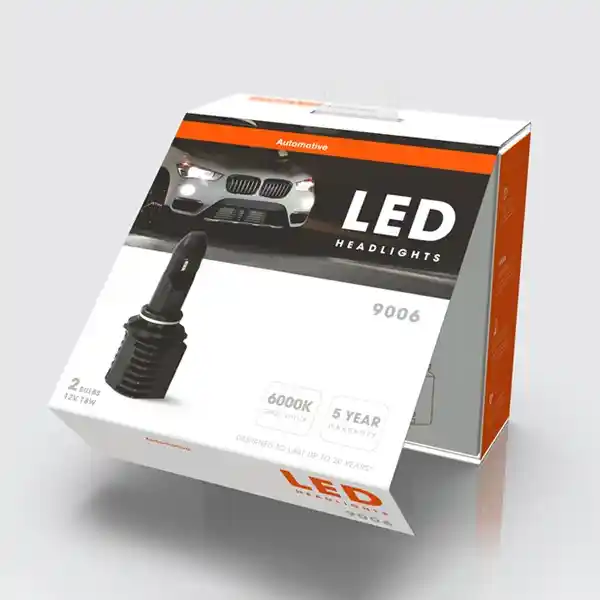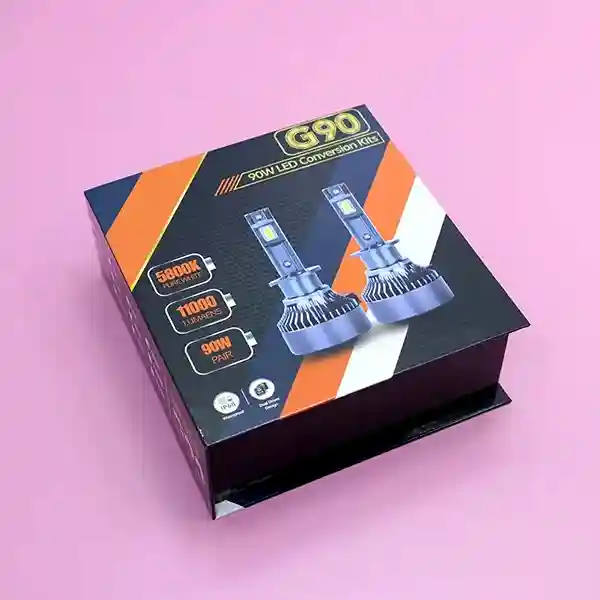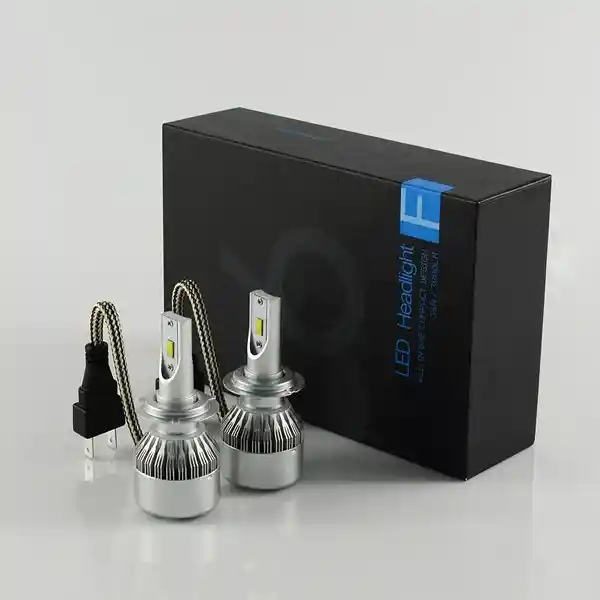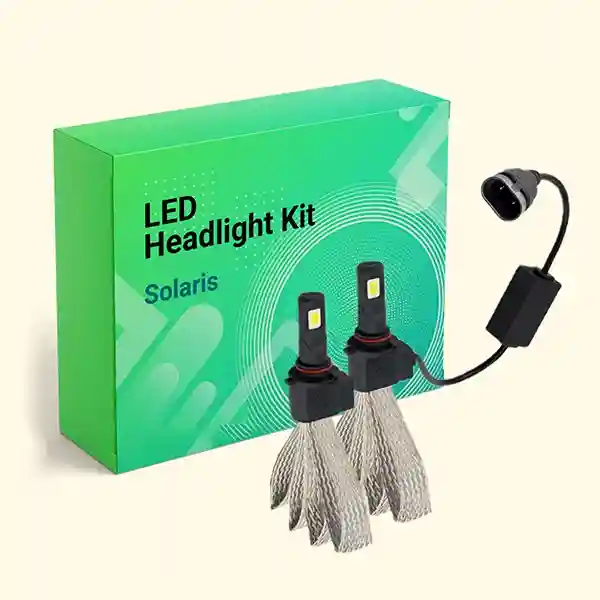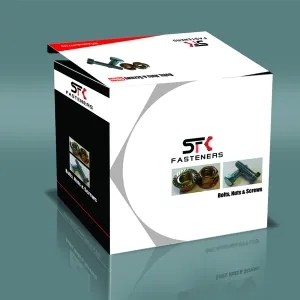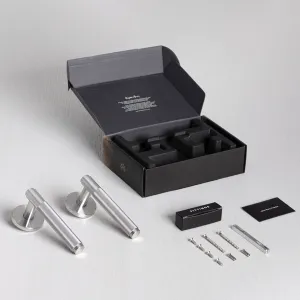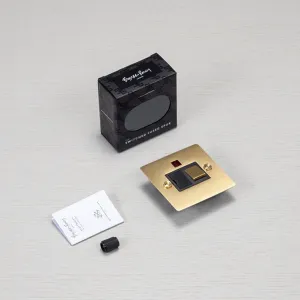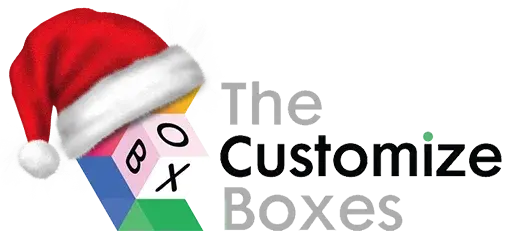
Request a Call
Give Feedback
Vehicle Lighting Packaging
In Stock
Introducing the ultimate solution for all your vehicle lighting packaging needs. Our vehicle lighting packaging is expertly designed to provide unbeatable protection and stunning presentation for your high-quality automotive lights. With our confidence-boosting packaging, you can now showcase your products with the utmost professionalism, leaving a lasting impression on potential clients and securing profitable business deals effortlessly. Elevate your brand image today with our cutting-edge vehicle lighting packaging!
 QUICK FREE QUOTE
QUICK FREE QUOTE
 OFFSET, SCREEN & DIGITAL PRINTING
OFFSET, SCREEN & DIGITAL PRINTING
 FREE GRAPHIC DESIGNING
FREE GRAPHIC DESIGNING
 FREE SHIPPING
FREE SHIPPING
 NO DIE & PLATE CHARGES
NO DIE & PLATE CHARGES
 QUICK TURNAROUND TIME
QUICK TURNAROUND TIME
 MOQ 50 BOXES
MOQ 50 BOXES
 CUSTOM SIZE & STYLE
CUSTOM SIZE & STYLE
Stock Type & Thickness

Cardboard
We use cardboard material with the least environmental impact and minimizes waste generation.
We use cardboard material with the least environmental impact and minimizes waste generation.
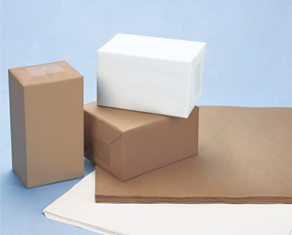
Kraft
Kraft paper is a strong, durable and reliable material that is widely used across many different industries.
Kraft paper is a strong, durable and reliable material that is widely used across many different industries.
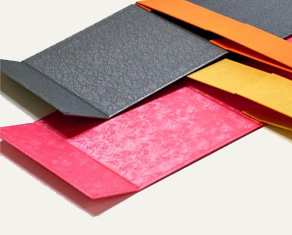
Rigid
Rigid is highly protective, affordable and recyclable material. These boxes provide maximum protection.
Rigid is highly protective, affordable and recyclable material. These boxes provide maximum protection.
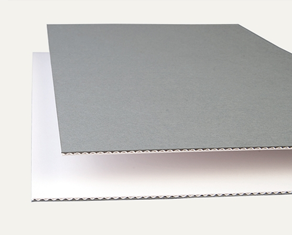
Corrugated
Corrugated material is easy to customize, cost effective and sustainable. It is also great for branding purposes.
Corrugated material is easy to customize, cost effective and sustainable. It is also great for branding purposes.
Finishing Assortment

Foil Stamping
Decorate a wide range of your product packaging with our foil stamping.
Decorate a wide range of your product packaging with our foil stamping.

Spot UV
Our high-gloss UV coating gives light and shine to cure the printed material's varnish.
Our high-gloss UV coating gives light and shine to cure the printed material's varnish.
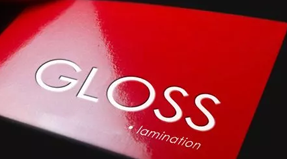
Gloss
Our glossy finishing gives your packaging an extra layer of shine.
Our glossy finishing gives your packaging an extra layer of shine.

Holographic Foiling
Holographic foil diffracts light and reveals the colors of the rainbow at various angles.
Holographic foil diffracts light and reveals the colors of the rainbow at various angles.

Embossing
With our embossing technique, we transfer the finest details of your product on packaging.
With our embossing technique, we transfer the finest details of your product on packaging.

Debossing
We use debossing technique to add unique graphics into your packaging.
We use debossing technique to add unique graphics into your packaging.
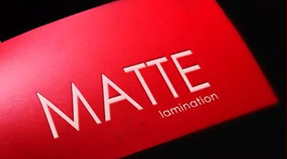
Matte
With our matte finish, fingerprints and smudges will now be less visible on the packaging.
With our matte finish, fingerprints and smudges will now be less visible on the packaging.

Soft Touch Lamination
We add additional layer of protection with soft touch lamination from toner chipping.
We add additional layer of protection with soft touch lamination from toner chipping.
Related Products
